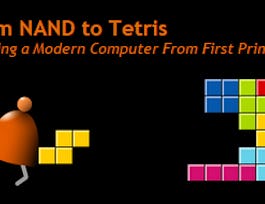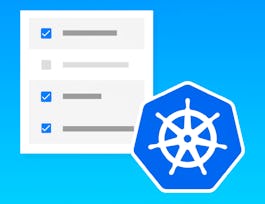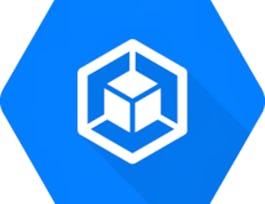In this project-centered course you will build a modern software hierarchy, designed to enable the translation and execution of object-based, high-level languages on a bare-bone computer hardware platform. In particular, you will implement a virtual machine and a compiler for a simple, Java-like programming language, and you will develop a basic operating system that closes gaps between the high-level language and the underlying hardware platform. In the process, you will gain a deep, hands-on understanding of numerous topics in applied computer science, e.g. stack processing, parsing, code generation, and classical algorithms and data structures for memory management, vector graphics, input-output handling, and various other topics that lie at the very core of every modern computer system.


Build a Modern Computer from First Principles: Nand to Tetris Part II (project-centered course)
Taught in English
Some content may not be translated
62,858 already enrolled
Course
Gain insight into a topic and learn the fundamentals

Instructor: Shimon Schocken
Top Instructor
(503 reviews)
Skills you'll gain
Details to know

Add to your LinkedIn profile
See how employees at top companies are mastering in-demand skills


Earn a career certificate
Add this credential to your LinkedIn profile, resume, or CV
Share it on social media and in your performance review

There are 9 modules in this course
What's included
2 videos1 reading1 programming assignment
What's included
10 videos1 reading1 programming assignment
What's included
11 videos1 reading1 programming assignment
What's included
10 videos1 reading1 programming assignment
What's included
11 videos1 reading1 peer review
What's included
10 videos1 reading1 programming assignment
What's included
12 videos1 reading1 programming assignment
What's included
14 videos1 reading1 programming assignment
What's included
4 videos
Instructor

Offered by
Recommended if you're interested in Software Development

Hebrew University of Jerusalem

Coursera Project Network
Why people choose Coursera for their career




Learner reviews
Showing 3 of 503
503 reviews
- 5 stars
94.43%
- 4 stars
4.57%
- 3 stars
0.39%
- 2 stars
0.19%
- 1 star
0.39%
New to Software Development? Start here.

Open new doors with Coursera Plus
Unlimited access to 7,000+ world-class courses, hands-on projects, and job-ready certificate programs - all included in your subscription
Advance your career with an online degree
Earn a degree from world-class universities - 100% online
Join over 3,400 global companies that choose Coursera for Business
Upskill your employees to excel in the digital economy
Frequently asked questions
Nand to Tetris Part I and Nand to Tetris Part II are two separate and stand alone courses. Although it is recommended to take Part I before taking Part II, you can take any of these courses, in any order that suites you.
The only requirement is programming ability at the level acquired in typical introduction to computer science courses.
We expect learners to submit assignments in any version of Java, or Python. We will assume that you have basic programming ability in these languages, including a basic ability to understand and write simple object-based programs.




